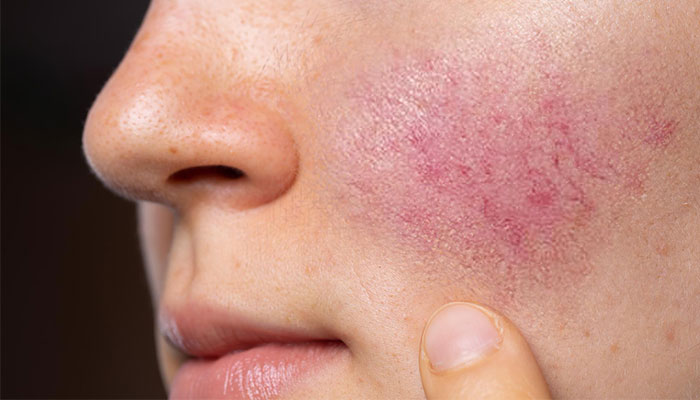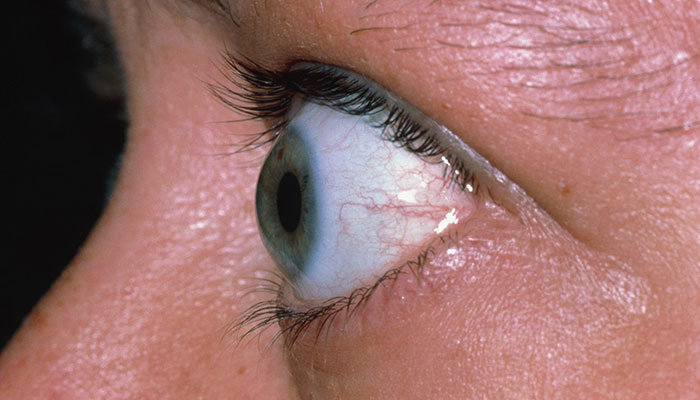Introduction
Systemic Lupus Erythematosus (SLE) is the most prevalent form of lupus. Lupus is an autoimmune disease in which your immune system mistakenly attacks the tissues, leading to extensive inflammation and tissue destruction. Lupus can affect the skin, brain, joints, lungs, blood vessels, and kidneys. Lupus has no cure, but there are treatments and lifestyle changes that can help manage it.
Signs and symptoms of Systemic Lupus Erythematosus
The symptoms of SLE can range from mild to severe and may change over time. Joint pain and swelling are common symptoms of SLE. Some people develop arthritis as a result of SLE. SLE usually affects the joints in the fingers, hand, wrist, and knee.
Other common symptoms include:
- Chest pain
- Fatigue
- Fever with no apparent cause
- General discomfort
- Unease or malaise
- Hair loss
- Loss of appetite
- Mouth sores
- Sensitivity to sunlight
- Swollen lymph nodes
- Skin rash (butterfly rash) that usually spreads over the cheek and bridge of the nose
Causes of Systemic Lupus Erythematosus
The exact cause of Systemic Lupus Erythematosus (SLE) is uncertain, however, it is thought to be related to genetic, environmental, hormonal, and certain medicinal factors. Women are more likely to develop SLE than men, with a 10:1 prevalence rate. It can manifest at any age but is most commonly seen in young women aged 15 to 44.
Understanding Systemic Lupus Erythematosus in Ayurveda
Ayurveda states that SLE is caused by an imbalance between the three doshas of the body, namely Vata, Pitta, and Kapha. When these doshas are vitiated, the underlying tissue of the body, called Dhatu, is affected, thus causing the disease to manifest. Various aetiological factors can lead to the vitiation of Vata and Pitta, respectively. Vitiated Vata causes joint pain and blackish discolouration of the skin. Pitta dosha causes fever and burns. It also causes skin rash and redness over the feet.
Treatment and Management
Medications such as disease-modifying antirheumatic drugs (DMARDs), nonsteroidal anti-inflammatory drugs (NSAIDs), and biologic agents are commonly used to reduce inflammation, slow disease progression, and manage symptoms. Physical therapy, joint protection techniques, and lifestyle modifications can also aid in managing the condition.
Palliative Care provided by SGP’s PSA can also be an integral part of managing SLE, particularly for individuals with advanced disease or persistent symptoms. Palliative Care provided by SGP’s PSA aims to enhance quality of life by addressing pain management, symptom control, emotional support, and psycho-social well-being.
FAQs about Systemic Lupus Erythematosus
-
SLE affects men, women, and children of all ages. However, women of childbearing age (15–44 years old) are more likely to develop SLE than men.
-
In approximately 95 percent of patients with lupus, a decrease in the number of white blood cells (WBCs) is present in their full blood count. This is due to the immune system producing antibodies that destroy the white blood cells; however, this rarely causes a clinical problem as the bone marrow produces more WBCs.
-
Women with SLE can safely become pregnant, and most of them will have healthy pregnancies and babies. However, all women with SLE who become pregnant are classified as having a “high-risk pregnancy.” It is advised to consult your healthcare provider if you are planning a pregnancy.
-
To manage lupus effectively, it is important to incorporate a range of nutritious foods into one’s diet. This includes consuming a substantial amount of fruits and vegetables, such as half of one’s plate with fruits and vegetables. Additionally, whole grains should be added to the diet, such as whole-wheat bread, pasta, oatmeal, and brown rice. Furthermore, a balanced diet, such as lean meats, poultry, and seafood, as well as beans, nuts, and eggs, should be included.
-
SLE increases the risk of heart attack because the endothelial lining of the blood vessels is damaged and the repair process is delayed. As a result of this, it leads to the formation of plaques and atherosclerosis, as well as coronary artery disease.






